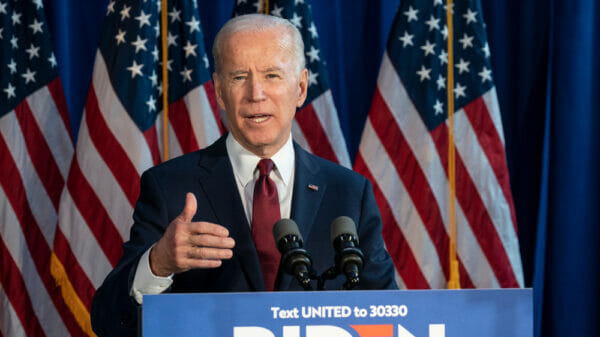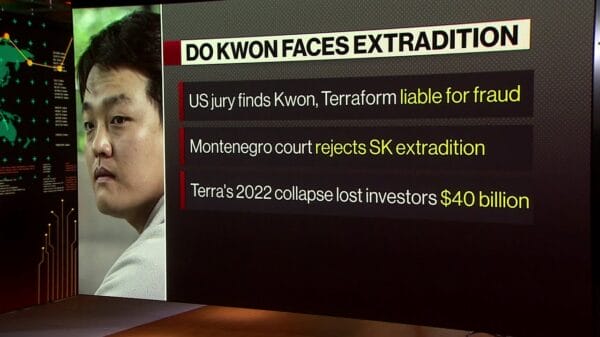10 States to Terminate Pandemic-Era Unemployment Boosts
During the peak of the COVID-19 pandemic in the U.S., most states implemented various forms of expanded unemployment benefits. These enhancements included increased payments, more frequent disbursements, and relaxing the usual job search requirements for benefit eligibility. While not a perfect solution, these augmented benefits were crucial for many families navigating through the economic turmoil caused by the pandemic.
Despite the ongoing pandemic, the widespread availability of vaccines has enabled a significant portion of the workforce to resume operations. Consequently, several states have decided to discontinue the enhanced unemployment benefits before their original expiration in September. So far, 12 states have opted for an early end date, and now, an additional 10 states have followed suit.
Arkansas, Florida, Georgia, Montana, Ohio, Oklahoma, South Carolina, South Dakota, Texas, and Utah are all set to terminate their expanded unemployment benefits program starting tomorrow, June 26. The majority of states taking this action are governed by Republican officials, many of whom believe that the extended benefits are discouraging people from seeking employment, contributing to the labor shortages seen across the nation.
A recent survey conducted for The New York Times shows that just over half of Americans – 52 percent – feel it’s time to end enhanced unemployment benefits. https://t.co/AcaT2hgOeR
– NYT Business (@nytimesbusiness) June 25, 2021
Jerome Powell, the Chair of the Federal Reserve, recently addressed this viewpoint. While acknowledging that the extended benefits might be contributing to labor shortages, based on his observations, the primary reasons remain concerns about public health and safety, along with a growing societal shift towards seeking more secure and better-paying job opportunities.
Last week, new unemployment claims dropped to 411,000, down by 7,000 from the previous week. Continuing claims are now at their lowest level since the start of the pandemic, standing at fewer than 400,000.













































